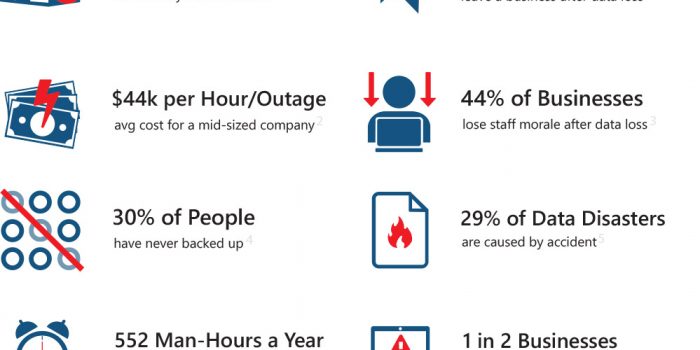

Unlike other AI-based services, the Facebook app can actually complete tasks, can purchase items, find and book a good local restaurant, arrange your travel, appointments and much more. Still, it won’t go near partisan politics or touchy subjects. At this moment M can’t access other apps on the phone the way Siri or Google Now can, but it is built to be way more powerful than these services.
How does it work? Facebook is responding to your initial queries with follow-up questions and updates as tasks move towards completion. For example, if you don’t have time to check on a refund for an item that never arrived, you have the option to ask M to investigate. After asking for an email address that you placed the order and the product name, M is coming back to you to inform you what the actual situation is and how much time you have to wait for the refund.
Who’s behind it? The team behind M, which includes the 10-person startup Wit.ai, designed this app to really give people what they’re asking for. The main purpose is to have M learn from the trainers’ team and become smart enough to take more and more tasks. M ends up feeling more human than Siri or Cortana, and even more than that, M is meant to be the personal assistant helping you solve problems just by tapping out instructions every day.
The service first launched in august to a small subset of users and more and more details are revealed after testing the new virtual assistant. Facebook M will expand over time and eventually will make its way to all Facebook users. This time, you shouldn’t worry about privacy because Facebook is not pulling from history to complete any of its tasks.
Is M changing (once again) the world? Not yet, perhaps. Facebook M is still in beta, meaning that we will have to wait until Facebook will scale this to more than 700 million users around the globe.
Strictly speaking, artificial intelligence systems which respond to answers aren’t really new. But as a beta, Facebook M it’s impressive. It’s not hard to picture a near future where keyboards on a mobile phone are a thing of the past or where everything we want is no longer at our fingertips, but at our command.
Once again, Facebook is surprising us and wants to assure its vital role in the future. Let us know what you think and, if you have something to add to this article, share it in the comments.
Photo source: http://www.moremag.pk/morepics/2015/08/Facebook-M1.jpg





